Windows 10 version 1903 is now in use on over 45 percent of all Windows 10 PCs out in the world, according to the latest AdDuplex usage. However, did you know there’s another flavor of Windows 10 ?
Windows 10 Pro for Workstations is an edition of windows released by Microsoft for high throughput calculations and high-performance CPU , Disk, Network, and Memory Hardware. Here are some list of features this version has compared to Windows 10 :
ReFS (Resilient file system)
By default Windows 10 PC’s run on NTFS File System. Microsoft created a new File System format ( ReFS ) to expand on the limitations that NTFS ( a 17 year old file system has )
Redundancy
Automatic Repair
Deduplication
Increase Capacity ( 16 Exabytes )
Persistent Memory
Allowing you to use (NVDIMM-N) hardware which gives you a much faster read and write rate for your computers Memory. It also protects your memory incase your computer switches off.
Samba Direct
If your network card hardware supports, Remote Direct Memory Access (RDMA) which gives you very low latency but very high throughput speeds , is now supported in this version of Windows 10. It also removes the load off your Computers CPU while transferring large datasets enabling this to be reserved for your application processing.
High-Performance hardware support
Running this operating system will allow you to be supported bu Microsoft to run 4 x Intel Xeon or 4 xAMD Opteron processors with 6TB of Memory
As above, the features give a Windows 10 desktop, server like capabilities and features some uses of this would be :
High Definition Rendering of Large 3D Video Files
High Spec Computer-Aided Design (CAD)Modification
Medical or Scientific Modeling Work


